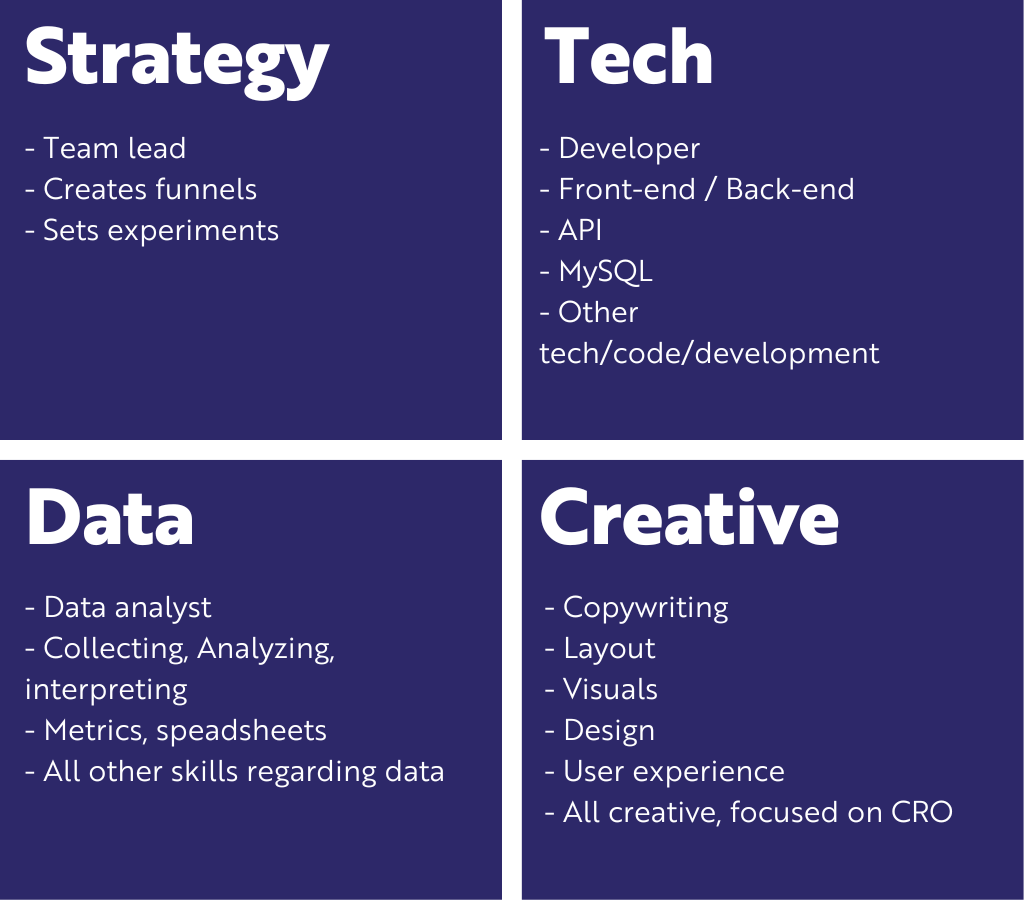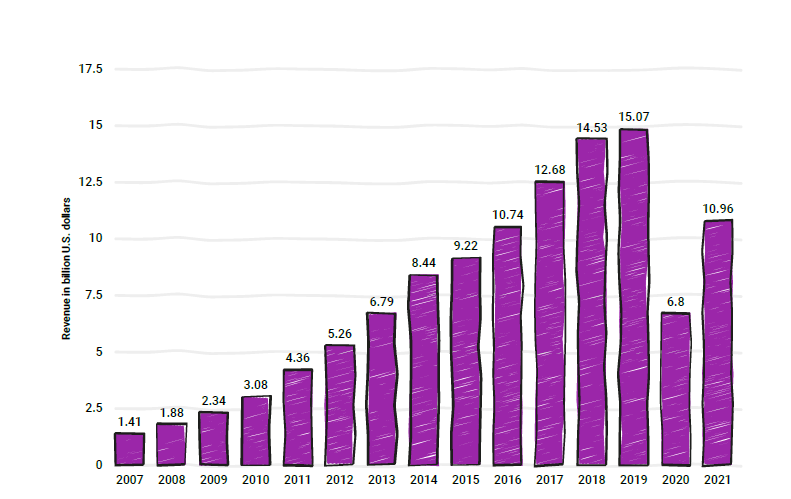
Education is a constantly evolving field that requires institutions to adapt and innovate in order to remain relevant and competitive. This is where growth hacking comes in – a methodology that focuses on achieving rapid and sustainable growth through a combination of digital marketing, technology, and data-driven strategies.
Understanding Growth Hacking in Education
In order to fully comprehend the potential that growth hacking has for educational institutions, we first need to understand what it is.
Growth hacking is a data-driven methodology that focuses on achieving rapid, sustainable growth through a combination of marketing, technology, and data-driven strategies. It involves identifying and testing various tactics to find those that offer the highest return on investment (ROI) in terms of growth and revenue.
While growth hacking has been traditionally associated with startups, it has become increasingly relevant for established businesses, including educational institutions. As the growth of online learning and the entry of non-traditional competitors into the education space continues to disrupt the industry, it is more important than ever for traditional educational institutions to embrace growth hacking strategies in order to remain competitive.
What Makes Growth Hacking Effective in Education?
Growth hacking is particularly effective in education because it allows institutions to leverage technology and data to identify and target potential students more effectively. By using data analytics and other digital tools, institutions can identify patterns in student behavior and preferences, allowing them to create more targeted marketing campaigns and tailor their offerings to meet the needs of specific student segments.
For example, an institution might use data analysis to identify students who are interested in pursuing a particular field of study. They can then create targeted marketing campaigns that highlight the benefits of their programs in that field, such as job placement rates or alumni success stories.
Examples of Growth Hacking in Education
There are many examples of educational institutions successfully using growth hacking strategies to drive enrollment and revenue growth. One notable example is the coding bootcamp industry, which has exploded in popularity in recent years. These bootcamps use growth hacking strategies such as targeted advertising and referral programs to attract students and drive revenue growth.
Another example is the use of social media influencers to promote educational programs. By partnering with influencers who have large followings in their target demographic, institutions can reach a wider audience and generate more interest in their programs.
The Future of Growth Hacking in Education
The use of growth hacking strategies in education is only expected to grow in the coming years. As the industry becomes more competitive and the demand for online learning continues to increase, institutions will need to find new and innovative ways to attract and retain students. Growth hacking offers a powerful set of tools and strategies for achieving this goal, and is likely to play an increasingly important role in the future of education.
Laying the Foundation for Growth Hacking Success

Before jumping into specific growth hacking tactics, it’s important to establish the foundation for success by focusing on mindset, value proposition, and goal-setting.
Growth hacking is an essential strategy for institutions looking to expand their reach and attract new students. However, success in growth hacking requires more than just implementing a few tactics. It requires a solid foundation that includes the right mindset, a clear understanding of your institution’s unique value proposition, and SMART goal-setting.
Establishing a Growth Mindset
A growth mindset is critical for success in growth hacking. This involves a willingness to experiment, take risks, and learn from failures. Educational institutions should create a culture that encourages experimentation and rewards both successes and failures as learning opportunities. By embracing a growth mindset, institutions can create an environment that fosters innovation and encourages employees to think outside the box.
One way to establish a growth mindset is to provide employees with the resources and support they need to experiment and take risks. This could include access to training and development programs, mentorship opportunities, and the freedom to try new things without fear of failure. Additionally, institutions should celebrate successes and failures alike, recognizing that both are important steps on the path to growth.
Identifying Your Institution’s Unique Value Proposition
In order to stand out in a crowded educational market, institutions need to identify their unique value proposition – what sets them apart from the competition. This requires a deep understanding of your target audience and what they are looking for in an educational experience.
One way to identify your institution’s unique value proposition is to conduct market research and gather feedback from current and prospective students. This could include surveys, focus groups, and one-on-one interviews. By gathering this information, institutions can gain a better understanding of what their audience is looking for and how they can differentiate themselves from other institutions.
Another way to identify your institution’s unique value proposition is to analyze your competitors and look for gaps in the market. By identifying areas where other institutions are falling short, you can position yourself as a leader in that area and attract students who are looking for something different.
Setting SMART Goals
In order to achieve success with growth hacking strategies, institutions must set specific, measurable, attainable, relevant, and time-bound (SMART) goals. These goals should align with the institution’s overall mission and vision and be regularly reviewed and adjusted based on their effectiveness.
When setting SMART goals, it’s important to be realistic about what you can achieve. Goals that are too ambitious or unrealistic can be demotivating and lead to frustration. Additionally, goals should be reviewed regularly to ensure that they are still relevant and on track. This could include monthly or quarterly check-ins to assess progress and make adjustments as needed.
Overall, establishing a growth mindset, identifying your institution’s unique value proposition, and setting SMART goals are essential steps in laying the foundation for growth hacking success. By focusing on these areas, institutions can create a culture of innovation and achieve their growth objectives.
Digital Marketing Strategies for Educational Growth
Digital marketing is a key component of growth hacking. Here are some specific strategies that educational institutions can use to achieve growth through digital channels.
Content Marketing for Education
Content marketing involves creating valuable and educational content that engages and resonates with your target audience. Educational institutions can create blog posts, videos, e-books, and webinars that address the pain points and questions of their target audience and position themselves as thought leaders in the industry.
Social Media Marketing in Education
Social media is a powerful tool for reaching and engaging with potential students. Educational institutions can use social media platforms like Facebook, Twitter, and Instagram to share relevant and timely content, engage with followers, and run targeted advertising campaigns.
Search Engine Optimization (SEO) for Educational Institutions
Optimizing your website for search engines is critical for increasing visibility and driving traffic. Educational institutions can optimize their website with relevant keywords, user-friendly navigation, and quality content to improve their search engine rankings.

Email Marketing for Student Retention and Engagement
Email marketing is a cost-effective way to communicate with current and prospective students. Educational institutions can use email to share relevant news and information, promote events, and provide personalized support to students throughout their educational journey.
Leveraging Technology and Data
Technology and data are essential components of growth hacking. Here are some ways that educational institutions can leverage technology and data to achieve rapid and sustainable growth.
Implementing Learning Management Systems (LMS)
LMS platforms like Moodle and Blackboard facilitate online learning and provide institutions with valuable data on student engagement and performance. By leveraging this data, institutions can optimize their instructional strategies and improve student outcomes.
Utilizing Data Analytics for Informed Decision-Making
Analytics tools like Google Analytics and Mixpanel provide institutions with valuable insights into website traffic, user behavior, and marketing campaign effectiveness. By utilizing this data, institutions can make informed decisions about where to focus their growth hacking efforts.
Harnessing the Power of Artificial Intelligence (AI) in Education
Artificial intelligence is poised to revolutionize the education industry by providing personalized learning experiences and automating administrative tasks. Educational institutions can leverage AI chatbots to provide 24/7 support to students and use predictive analytics to identify at-risk students and intervene before it’s too late.
Conclusion
Growth hacking is a powerful methodology that can help educational institutions achieve rapid and sustainable growth. By focusing on mindset, value proposition, goal-setting, digital marketing, technology, and data, institutions can unlock their full potential and remain competitive in a rapidly evolving educational landscape.
